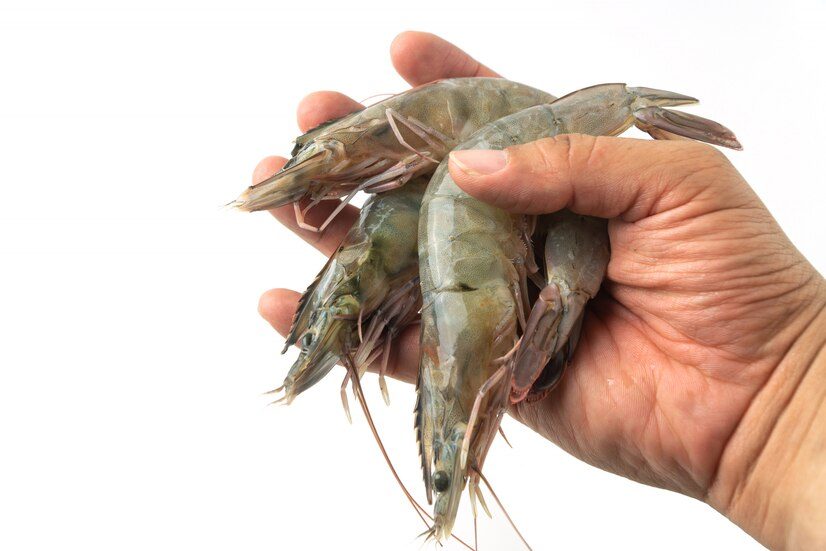Types of Vannamei Shrimp Feeds to Make Your Shrimp Grow Faster
Vannamei shrimp feed is one of the important things that must be considered in shrimp farming. The reason is, each farmer has to spend a lot of money on this feed compared to other pond needs.
In addition, shrimp feed also plays an important role in the growth of vannamei shrimp. If you provide feed with the right dose and nutrition, vannamei shrimp will grow faster, and your cultivation can provide optimal results.
So, what are the types of vannamei shrimp and what are the criterias for a good shrimp feed? Check this article out to get to know about it!
Also Read: The Organ System and Morphology of Vannamei Shrimp that You Should Know
Types of Vaname Shrimp Feed
1. Natural Feed
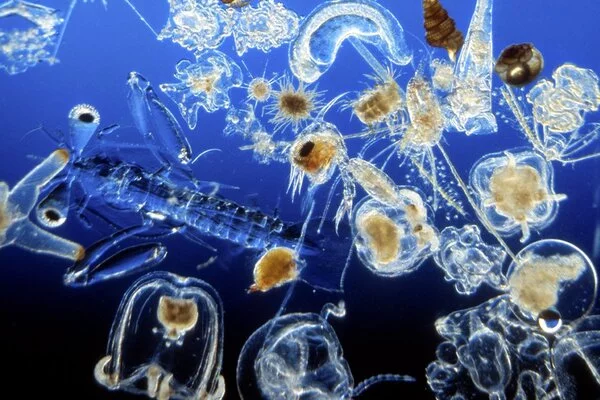
Vannamei shrimp natural feed is a type of feed that comes from nature without being processed first. This natural food can be phytoplankton and zooplankton which were previously prepared during farm preparation, as well as other animals and plants.
Traditional types of shrimp farms usually rely on this type of natural feed. Meanwhile, in semi-intensive, intensive, and super-intensive farms, natural feed is usually used as a companion to the artificial feed that has been given.
2. Artificial Feed
In contrast to natural feed, artificial feed is a type of feed that undergoes a processing process first to form pellets, crumble, or powder. Usually, a good artificial vannamei shrimp feed has additional nutrients to accelerate the growth of shrimp during cultivation.
Based on the shape, artificial feed is divided into three types, namely pellets, granules (crumbles), and powders.
– Pellet
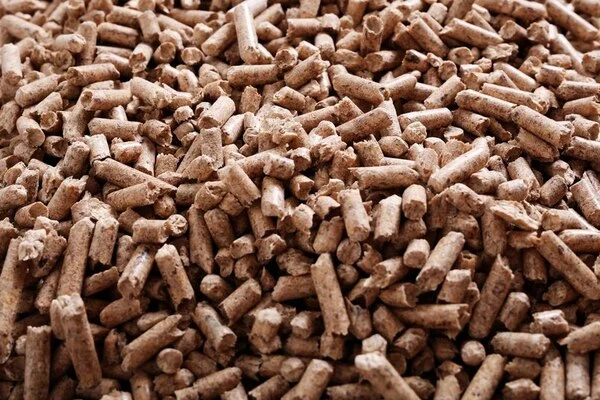
Pellets are artificial feed for vaname shrimp in the form of tubes with different levels of hardness. In the pellets, there are usually special nutrients to accelerate the growth of shrimp. Starting from protein, carbohydrates, fat, fiber, and other important nutrients.
Vannamei shrimp feed in the form of pellets is generally used to feed shrimp that have entered the juvenile stage (juvenile) until ready to harvest.
– Granules (Crumble)
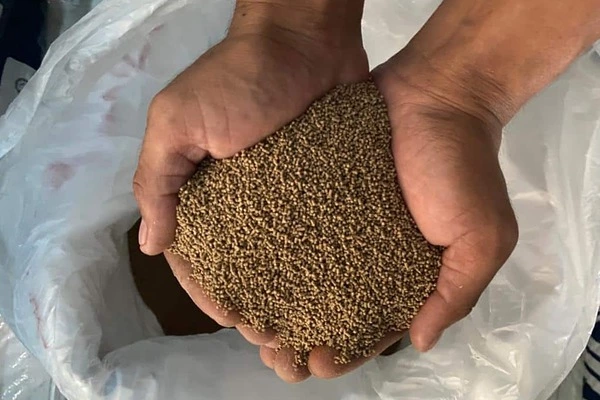
Granules or crumble are vannamei shrimp feed in the form of coarse granules. Usually, this type of shrimp feed is given to shrimp aged 16-45 days.
Granules can be made from crushed pellets or agglomerated powder feed types. Meanwhile, in terms of nutritional content, the type of vaname granule shrimp feed has nutrients that have been adjusted to the age of the shrimp.
– Powder
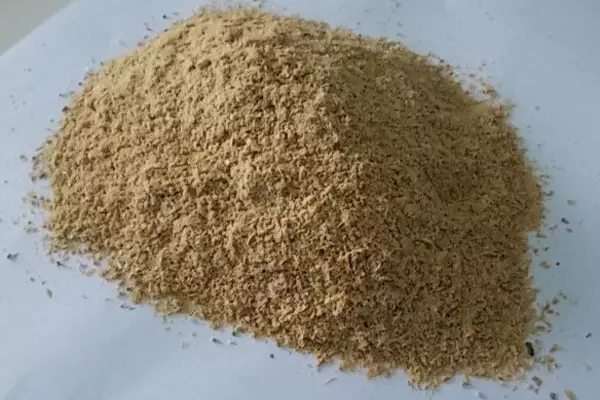
The last type of vaname shrimp feed is powder. This type of feed has a fine grain texture that is suitable for shrimp under 16 days of age. Because, at that age, shrimp can only catch foods with small textures.
Also Read: 10 Types of Shrimp for Aquaculture and Aquascape
Good Vaname Shrimp Feed Criteria
Before feeding vaname shrimp, you must first make sure that the feed you are going to give is still feasible. This is because spoiled and improper feed can have a negative impact on the quality of shrimp development.
There are several criteria for good feed that need to be considered before you spread it, including the following.
Characteristics of Good Vannamei Shrimp Feed
- Looks good without mold
- Dry
- No clumping
- Undamaged
- Has a distinctive smell
- Whole packaging
- The shape is uniform
- Water stability 2-3 hours
- Has a strong attarctant smell
The Characteristics of Damaged Vannamei Shrimp Feed
- Moldy
- Wet
- Clumping
- Damaged
- Musty smell
- Packing tear
- Have different shapes
- Water stability less than 2-3 hours
- The smell of attractant is faint
Also Read: 7 Easy Ways to Cultivate Vannamei Shrimp for Beginners
Entrust Your Feed Supply to DELOS
Choosing a good feed is the key to the success of vaname shrimp cultivation. The nutritional content and type of feed greatly affect the growth and development of this shrimp with the Latin name Litopanaeus vannamei. In addition, the type of feed and the nutritional content in it must also be adjusted to the age of the shrimp.
If you want to get good and quality vaname shrimp feed, DELOS has a Supply Chain Integration program that can help meet your shrimp farming needs. Starting from the needs of feed, medicine, logistics, and other needs.
The Supply Chain Integration program is a DELOS program that connects our partners with suppliers and buyers to obtain products of the highest quality and price.
To join this program, you can contact DELOS via mail at: contact@delosaqua.com or submit via the contact column on our website www.delosaqua.com. Let’s start shrimp farming with DELOS!





